Pets are full of quirks and habits that make them unique, but sometimes their behaviors can be a sign of underlying issues. While some habits are harmless, others might indicate health problems, stress, or other concerns. In this listicle, we’ll explore 14 odd pet habits that could mean real trouble, helping you understand when it’s time to consult a vet or make changes to your pet’s environment.
1. Excessive Licking or Chewing

If your pet is constantly licking or chewing their paws, fur, or other parts of their body, it could be a sign of allergies, skin irritation, or even anxiety, according to the American Kennel Club. This behavior can lead to hot spots or infections if left untreated. Allergies to food, pollen, or flea bites are common culprits, but stress or boredom can also trigger excessive licking.
To address this issue, start by checking your pet’s skin for redness, swelling, or sores. If you notice any abnormalities, consult your vet for a proper diagnosis. In some cases, a change in diet, allergy medication, or environmental enrichment can help alleviate the behavior. Don’t ignore this habit, as it can escalate into more serious health problems if not addressed.
2. Sudden Aggression
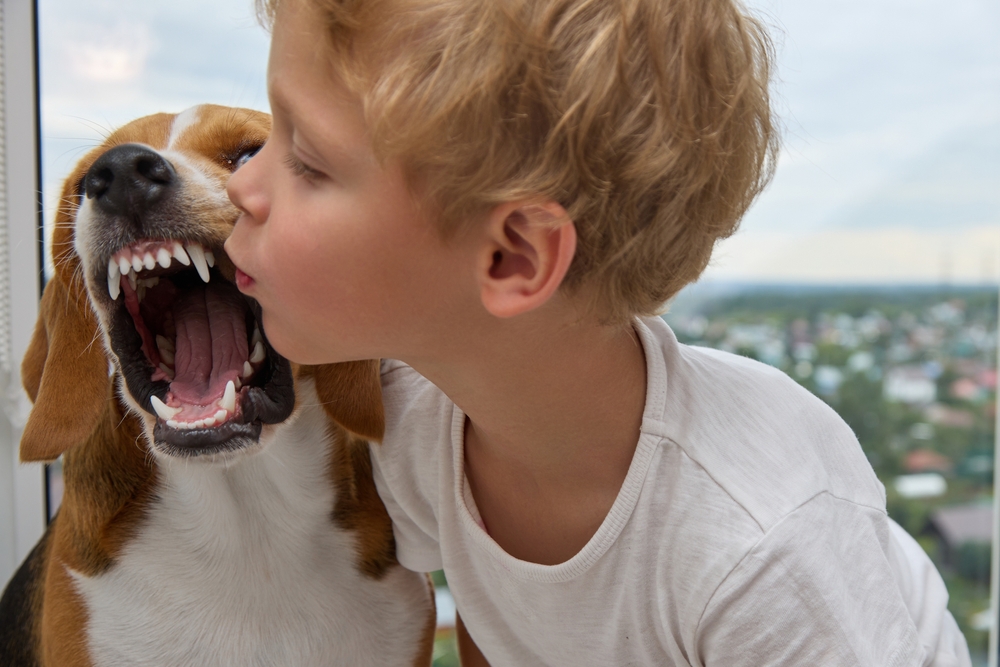
A normally calm pet suddenly becoming aggressive can be alarming and may indicate pain, illness, or stress. According to the ASPCA, sudden aggression in dogs can be caused by medical issues like arthritis, dental pain, or neurological disorders. Cats, on the other hand, may lash out due to fear, territorial disputes, or underlying health problems.
If your pet’s behavior changes abruptly, it’s important to rule out medical causes first. A visit to the vet can help identify any physical issues. If the aggression is behavioral, working with a professional trainer or behaviorist can help address the root cause. Never punish your pet for aggressive behavior, as this can worsen the problem.
3. Pacing or Restlessness

Pets that pace back and forth or seem unable to settle down may be experiencing anxiety, pain, or cognitive decline. Pacing in older dogs can be a sign of canine cognitive dysfunction, similar to dementia in humans. Cats may pace due to stress, hyperthyroidism, or other health issues.
If your pet is pacing excessively, observe their behavior for other signs of distress, such as panting, whining, or changes in appetite. A vet visit can help determine if there’s an underlying medical condition. Providing a calm environment, mental stimulation, and regular exercise can also help reduce restlessness.
4. Eating Non-Food Items (Pica)
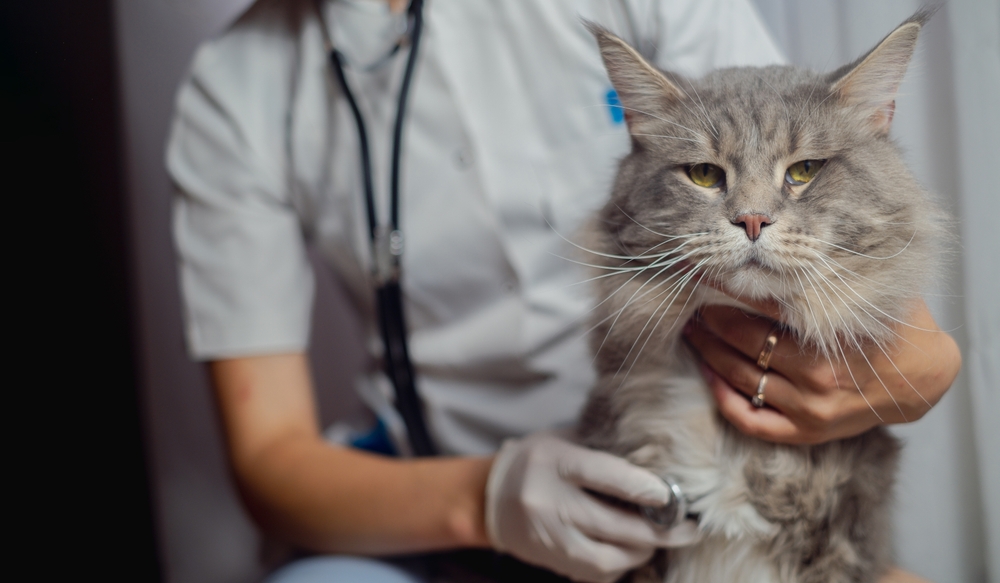
If your pet is eating non-food items like dirt, rocks, or fabric, they may have a condition called pica. Pica can be caused by nutritional deficiencies, boredom, or underlying medical issues. Ingesting non-food items can lead to serious health problems, such as intestinal blockages or poisoning.
To address this behavior, ensure your pet is on a balanced diet and has plenty of mental and physical stimulation. If the habit persists, consult your vet to rule out medical causes. Providing safe chew toys and supervising your pet can also help prevent them from eating harmful objects.
5. Excessive Scratching

While occasional scratching is normal, excessive scratching can indicate skin problems, allergies, or parasites like fleas or mites. Allergies are a common cause of itching in pets, triggered by food, environmental factors, or flea bites. Constant scratching can lead to skin infections and discomfort.
If your pet is scratching excessively, check their skin for redness, bumps, or signs of parasites. A vet can help identify the cause and recommend treatments, such as antihistamines, medicated shampoos, or flea control products. Keeping your pet’s environment clean and using hypoallergenic bedding can also help reduce irritation.
6. Hiding or Withdrawal
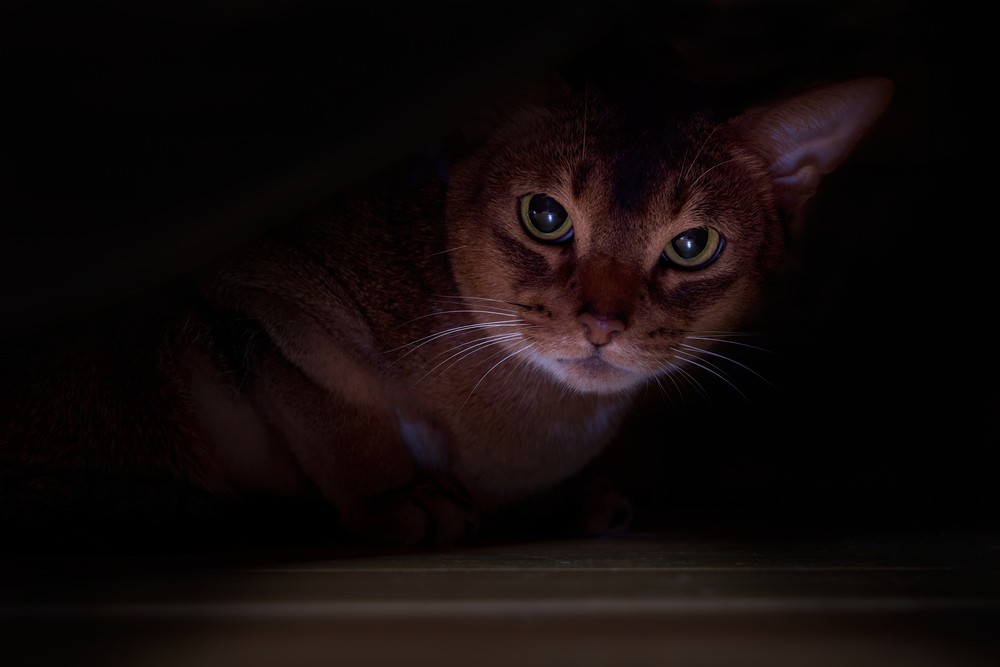
Pets that suddenly start hiding or withdrawing from social interaction may be experiencing pain, illness, or stress. Cats, in particular, are known for hiding when they’re unwell, as it’s an instinctual behavior to protect themselves from predators. Dogs may also hide if they’re feeling anxious or unwell.
If your pet is spending more time alone or avoiding interaction, it’s important to investigate the cause. A vet visit can help rule out medical issues, while creating a calm and safe environment can help reduce stress. Pay attention to other signs of illness, such as changes in appetite, lethargy, or unusual vocalizations.
7. Excessive Vocalization
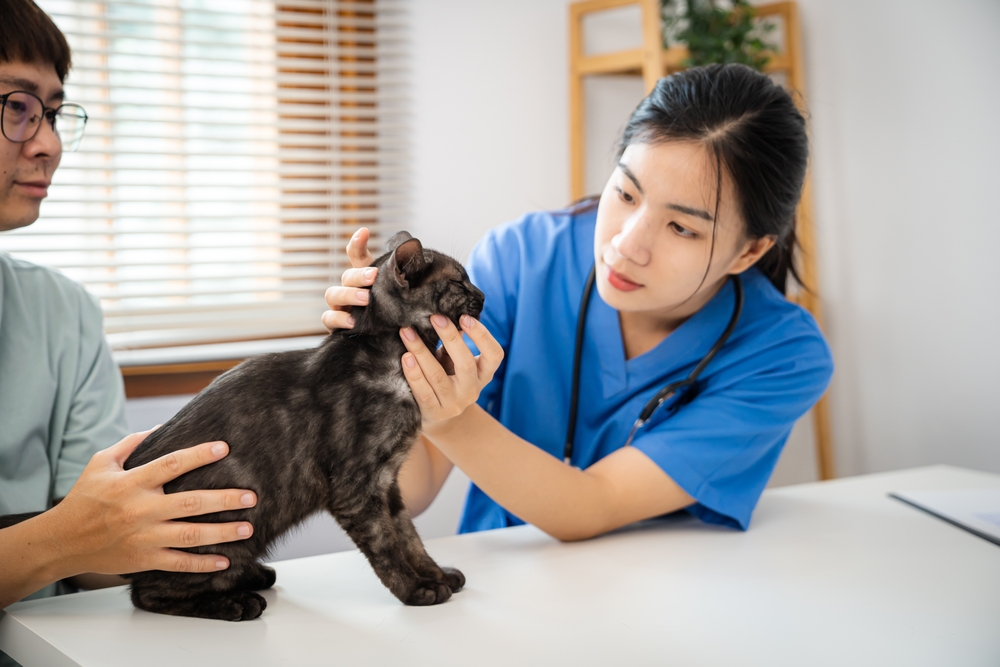
Pets that suddenly start barking, meowing, or whining more than usual may be trying to communicate discomfort, anxiety, or boredom. Excessive barking in dogs can be a sign of separation anxiety, while cats may meow excessively due to hunger, stress, or medical issues like hyperthyroidism.
If your pet’s vocalization has increased, try to identify the trigger. Providing mental stimulation, regular exercise, and a consistent routine can help reduce anxiety. If the behavior persists, consult your vet to rule out underlying health problems.
8. Changes in Appetite

A sudden increase or decrease in appetite can be a red flag for health issues. Pets that stop eating may be experiencing dental problems, gastrointestinal issues, or stress. On the other hand, excessive hunger can be a sign of diabetes, hyperthyroidism, or other metabolic disorders.
If your pet’s eating habits change significantly, consult your vet for a thorough examination. Monitoring their weight and behavior can also provide clues about their health. Addressing the underlying cause early can prevent more serious complications.
9. Scooting or Dragging Their Rear
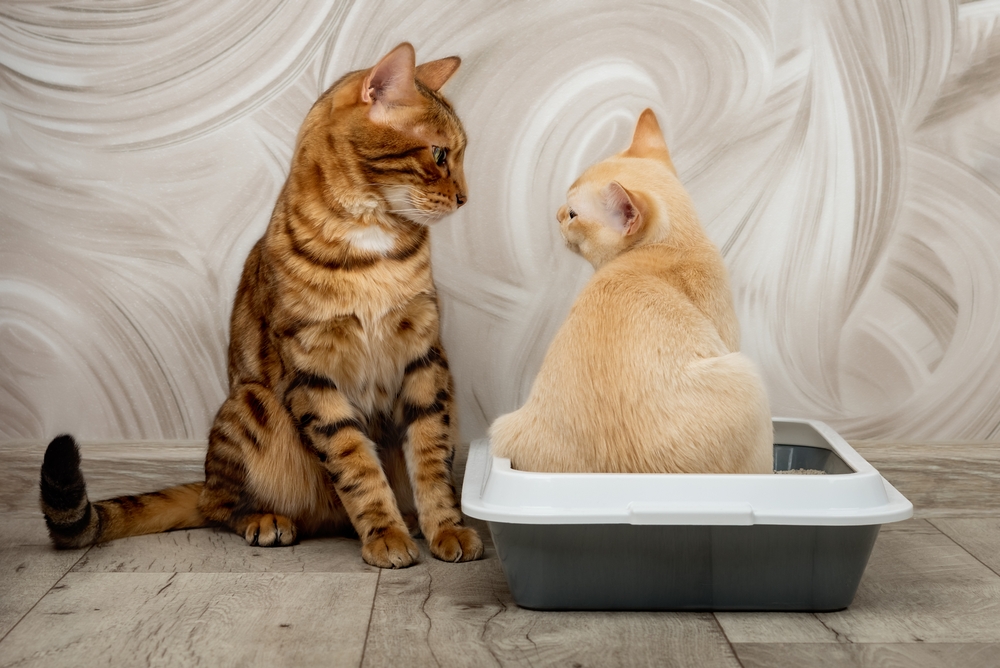
If your pet is scooting or dragging their rear on the ground, it could indicate anal gland issues, parasites, or skin irritation. Impacted or infected anal glands are a common cause of this behavior in dogs. Cats may scoot due to tapeworms or other parasites.
If your pet is scooting frequently, check for signs of irritation or discharge around their rear. A vet can express their anal glands or recommend treatment for parasites. Keeping your pet’s rear clean and providing a high-fiber diet can also help prevent issues.
10. Excessive Drinking or Urination
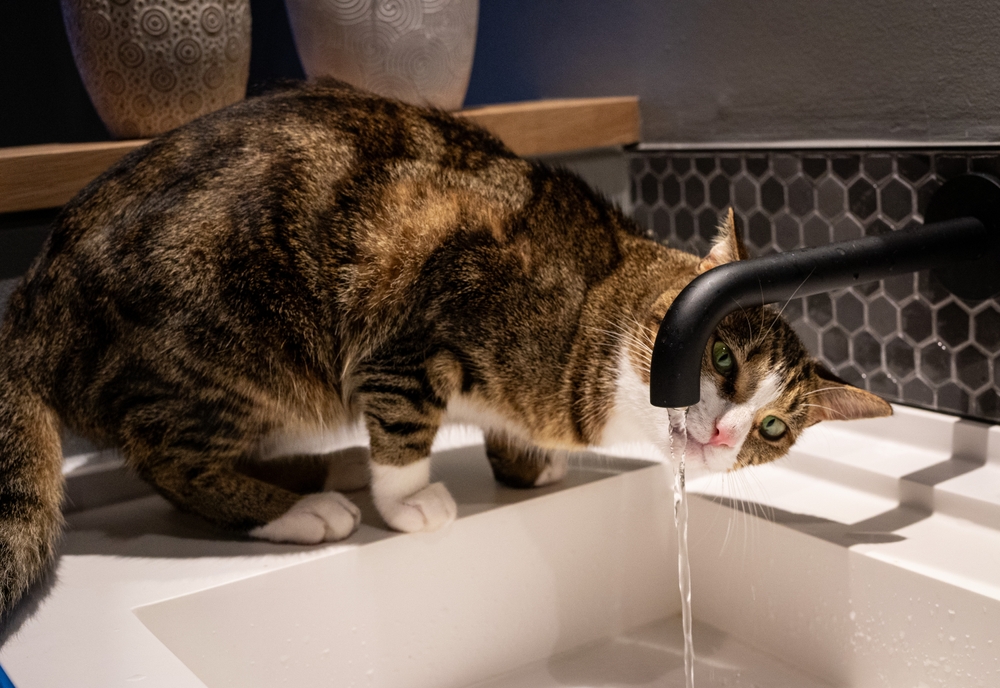
Pets that drink or urinate more than usual may have underlying health problems like diabetes, kidney disease, or urinary tract infections. According to the American Veterinary Medical Association, increased thirst and urination are common symptoms of diabetes in pets.
If you notice changes in your pet’s drinking or urination habits, consult your vet for a diagnosis.
Early detection and treatment can help manage chronic conditions and improve your pet’s quality of life. Monitoring their water intake and bathroom habits can also provide valuable information for your vet.
11. Head Tilting or Shaking
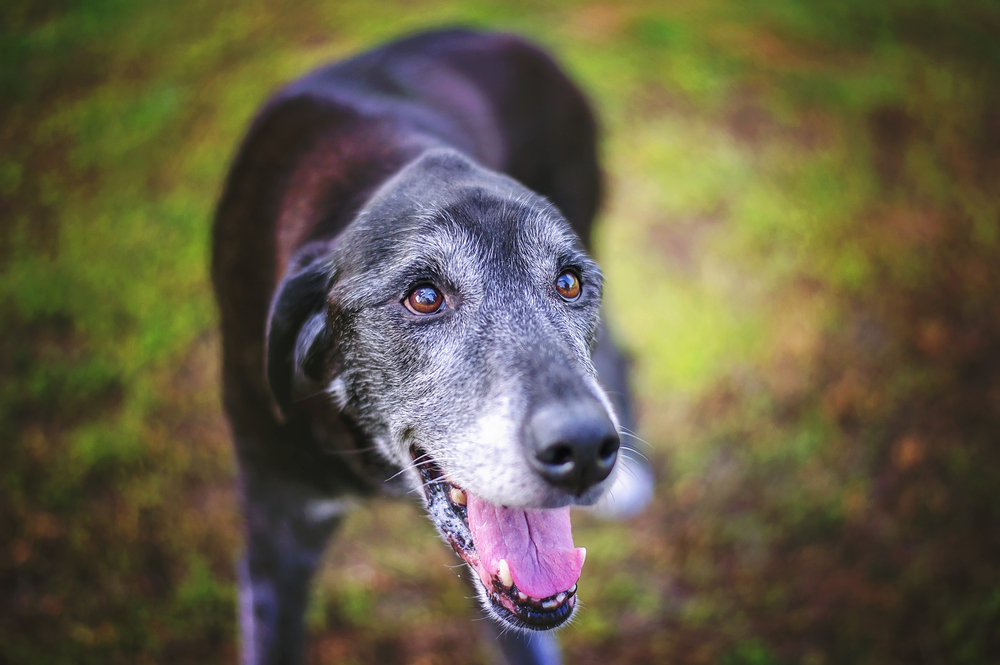
If your pet is tilting their head or shaking it frequently, it could be a sign of ear infections, ear mites, or neurological issues. Ear infections are a common cause of head shaking in dogs and cats. If your pet is tilting or shaking their head, check their ears for redness, discharge, or odor.
A vet can diagnose and treat ear infections or other issues. Regular ear cleaning and grooming can help prevent infections and keep your pet comfortable.
12. Changes in Sleep Patterns
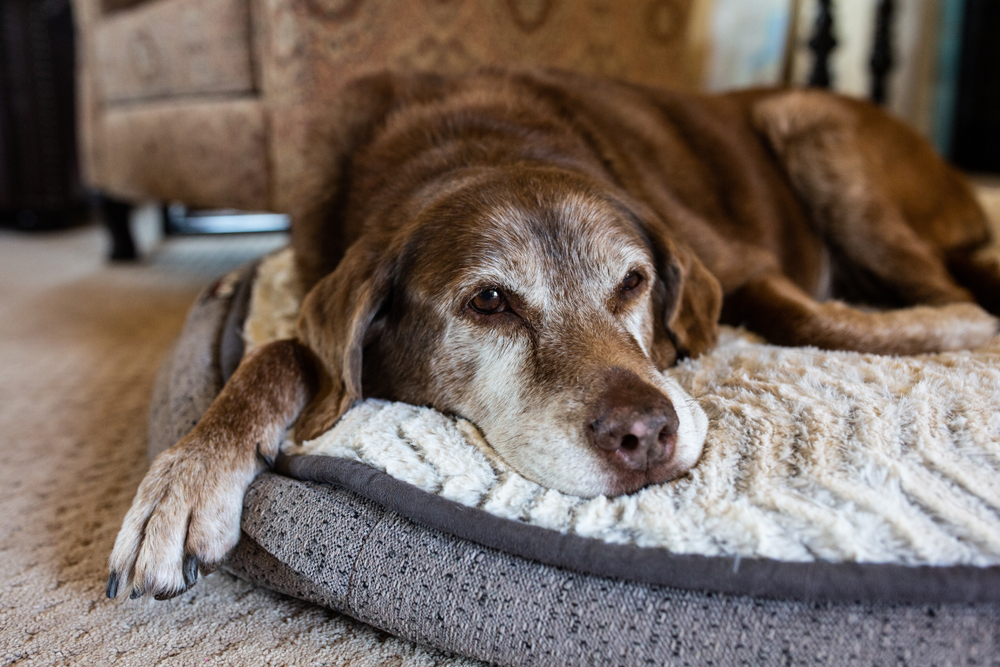
Pets that sleep more or less than usual may be experiencing health problems or stress. Changes in sleep patterns can be a sign of cognitive dysfunction in older pets.
If your pet’s sleep habits change, observe their behavior for other signs of illness or stress. A vet visit can help rule out medical issues, while providing a comfortable and quiet sleeping area can help improve their rest.
13. Unusual Eye Discharge or Redness
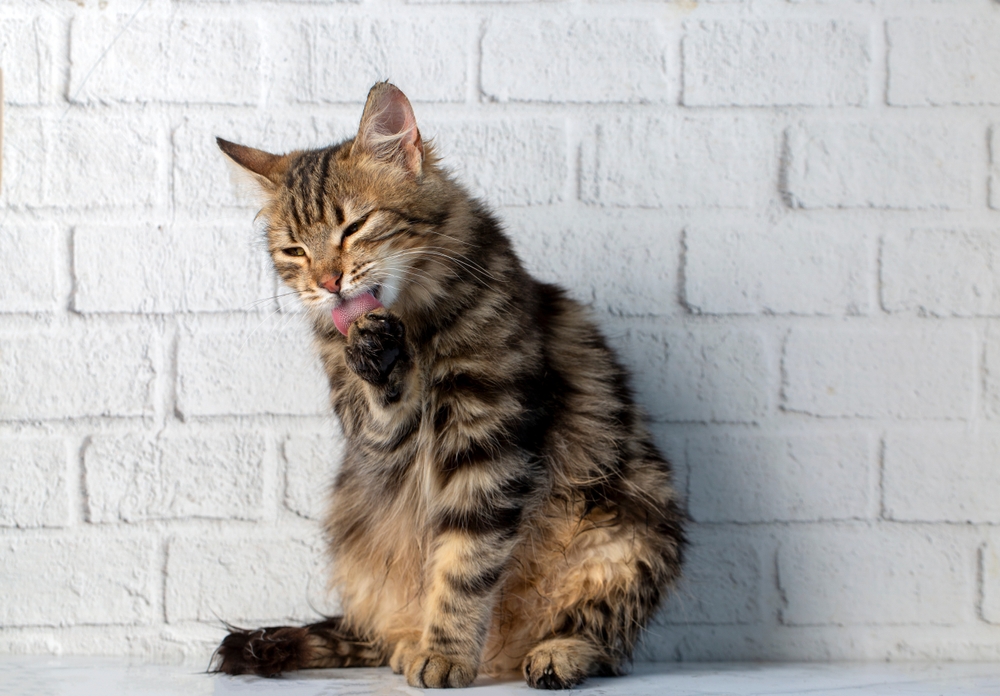
Eye discharge, redness, or squinting can indicate infections, allergies, or injuries. Untreated eye issues can lead to vision loss or other complications.
If your pet’s eyes appear irritated or have unusual discharge, consult your vet for a diagnosis. Keeping their eyes clean and avoiding irritants like smoke or dust can help prevent problems. Early treatment is key to protecting your pet’s vision.
14. Sudden Weight Loss or Gain
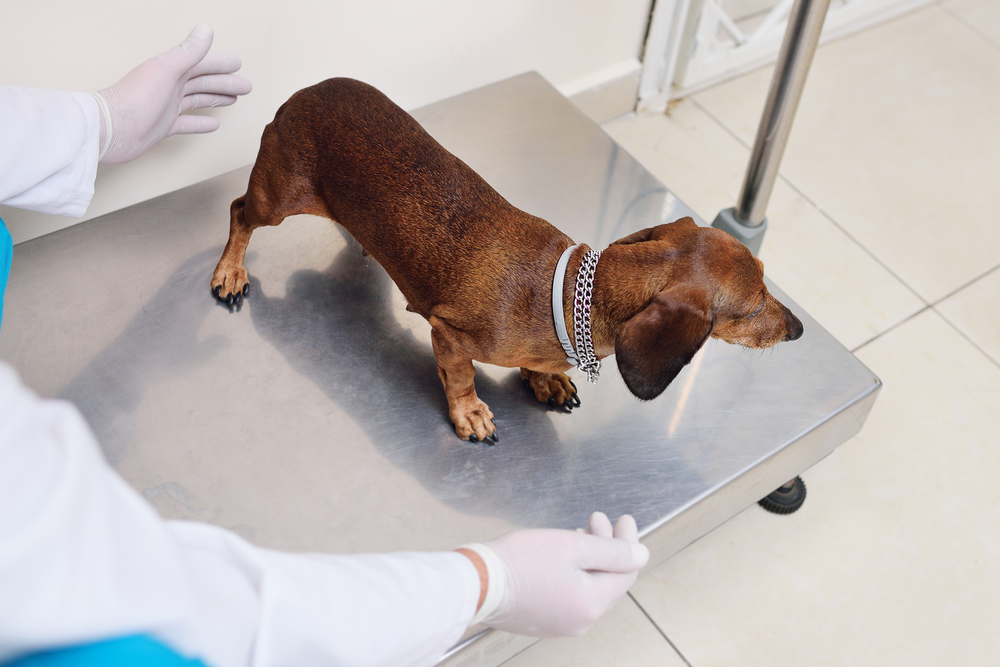
Sudden changes in your pet’s weight can be a sign of underlying health issues like thyroid disorders, diabetes, or digestive problems. Weight loss in cats can be a symptom of hyperthyroidism, while weight gain in dogs may indicate hypothyroidism.
If your pet’s weight changes significantly, consult your vet for a thorough examination. Monitoring their diet and exercise can help maintain a healthy weight. Addressing the underlying cause early can prevent more serious health problems.
